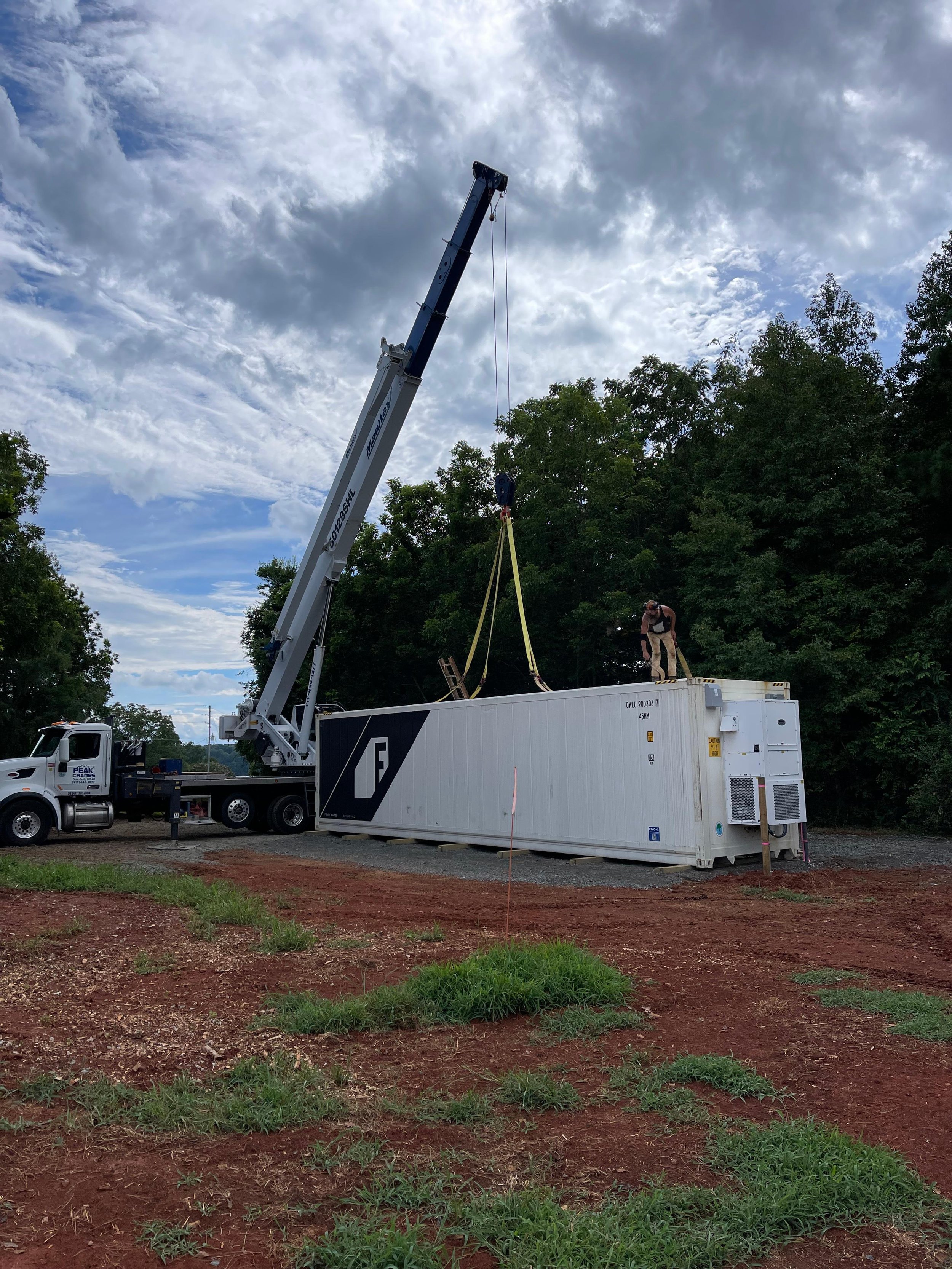Why is Co2 Important for your Freight Farm?
When it comes to growing plants indoors, there’s a crucial element often overlooked by traditional farmers: carbon dioxide (Co2). For outdoor farms, plants have plenty of natural access to Co2, but in an indoor Freight Farm, managing and optimizing Co2 levels can significantly boost plant growth and efficiency.
The Role of Co2 in Plant Growth
Plants rely on carbon dioxide for photosynthesis, the process where they convert Co2 and water into oxygen and sugars they use for growth. While the outdoor atmosphere naturally provides Co2, indoor farms need a boost, as the closed environment limits plants' access to carbon. By adding compressed Co2 to your Freight Farm, you can help your plants grow bigger, faster.
In normal atmospheric conditions, Co2 levels sit around 300-400 parts per million (ppm). But inside a Freight Farm, growers can raise Co2 levels to 800, 1200, or even 1500 ppm, depending on their goals. This higher concentration of Co2 helps replenish what’s lost during harvest, ensuring plants have the resources they need to thrive.
Why Bother with Co2 Injection?
Every time you harvest your plants, you’re removing carbon-rich material. Unlike outdoor plants, indoor plants don't have the natural atmospheric Co2 to replenish the loss. By injecting Co2 into your farm, you’re replacing that lost carbon and creating an ideal environment for growth.
When Co2 levels are optimized, it can lead to bigger, healthier plants. With all other growth factors—light, nutrients, water, temperature, and pH—set just right, Co2 becomes the final piece of the puzzle for maximizing plant size. High Co2 levels cause plants to open their stomata (small pores on their leaves) less frequently, helping them retain moisture and become more water-efficient.
However, Co2 injection may not be necessary if you're regularly using outdoor air to cool your farm. Opening your farm doors can dilute the injected Co2, reducing its effectiveness.
How Much Co2 is Enough?
Most indoor growers aim for Co2 levels between 800 and 1200 ppm, with some pushing as high as 1500 ppm. Beyond that point, returns diminish, so increasing Co2 further doesn’t provide as much benefit. It’s important to balance Co2 concentration with your budget, as a lower Co2 set point will last longer and save on costs.
For instance, Co2 levels at 800 ppm will last about 50% longer than at 1200 ppm, which can be crucial if Co2 is costly in your area.
When Should you Increase Co2?
We recommend waiting until you’ve completed several harvests before experimenting with Co2. Once you’re comfortable with the basics of your Freight Farm and feel confident in your processes, Co2 supplementation can help take your plant growth to the next level. Your farm is already programmed to inject Co2 only when the LED lights are on, as Co2 is only useful during photosynthesis, which requires light.
Pro Tip: If you’re planning to run your Freight Farm in Performance mode, Co2 supplementation is a must.
Wrap-Up
Optimizing Co2 levels in your Freight Farm can unlock the full potential of your crops. By supplementing Co2, you provide your plants with an essential resource for growth, leading to bigger yields and more efficient water use. However, it’s best to hold off on Co2 until you’ve got a few harvests under your belt, allowing you to truly appreciate the difference it makes.
Co2 can be the key to maximizing your farm’s output—just make sure to experiment wisely!











